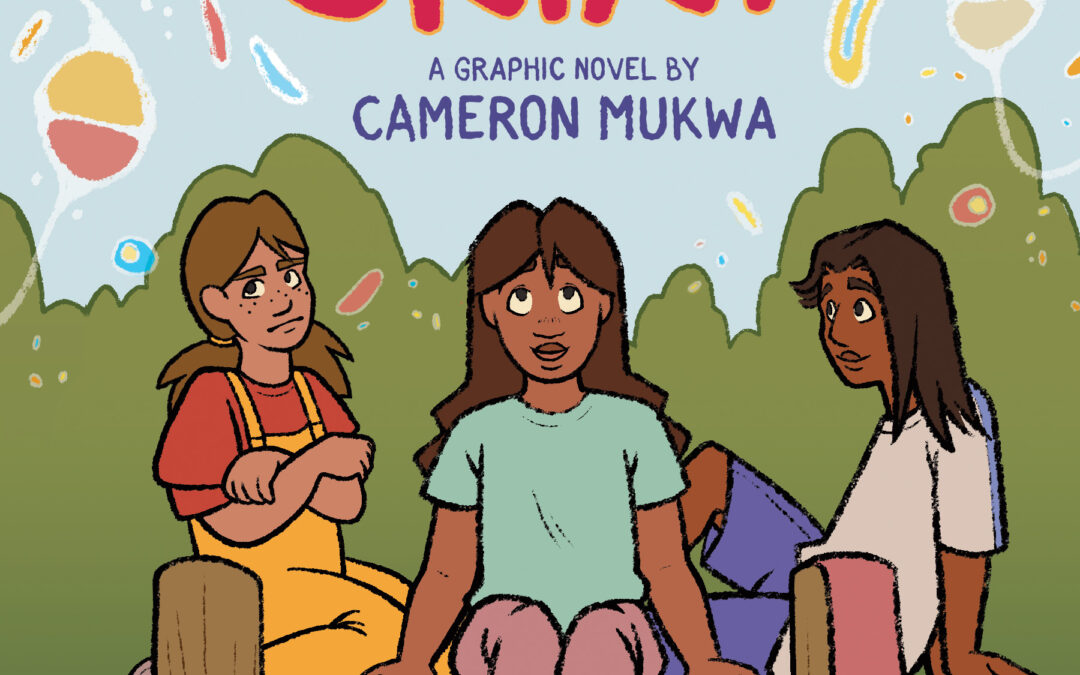
by Michele Kirichanskaya | Oct 12, 2024 | Blog
Cameron Mukwa is a two-spirit Anishinaabe cartoonist, illustrator, and children’s educator whose portfolio of work is dedicated to showcasing Indigenous and transgender joy. The Ribbon Skirt is his first graphic novel. I had the opportunity to interview Cameron,...
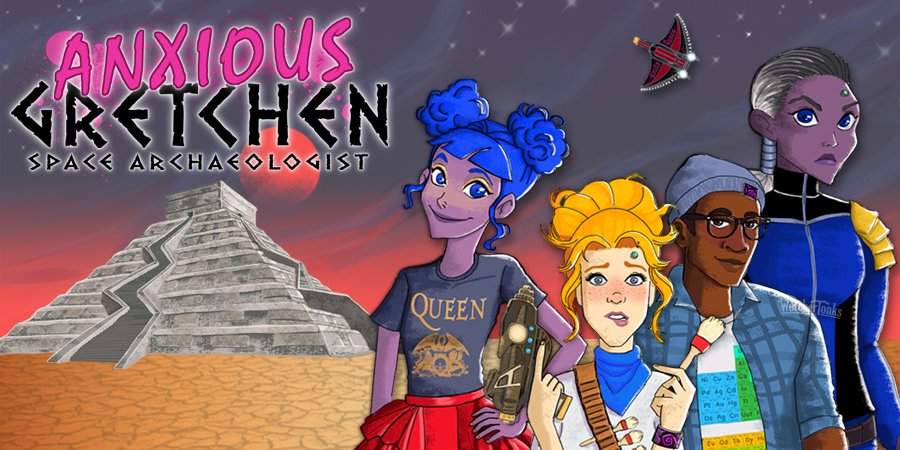
by Alexa Goodrich-Houska (she/they) | Oct 9, 2024 | Blog, Featured
Gretchen started her day as the TA for Introduction to Archeology, supervising her grumpy, hungover undergrads, who she is sure hate her, although maybe that’s her anxiety disorder, on a field visit to the former colony of Avalon in Newfoundland- but ends up...
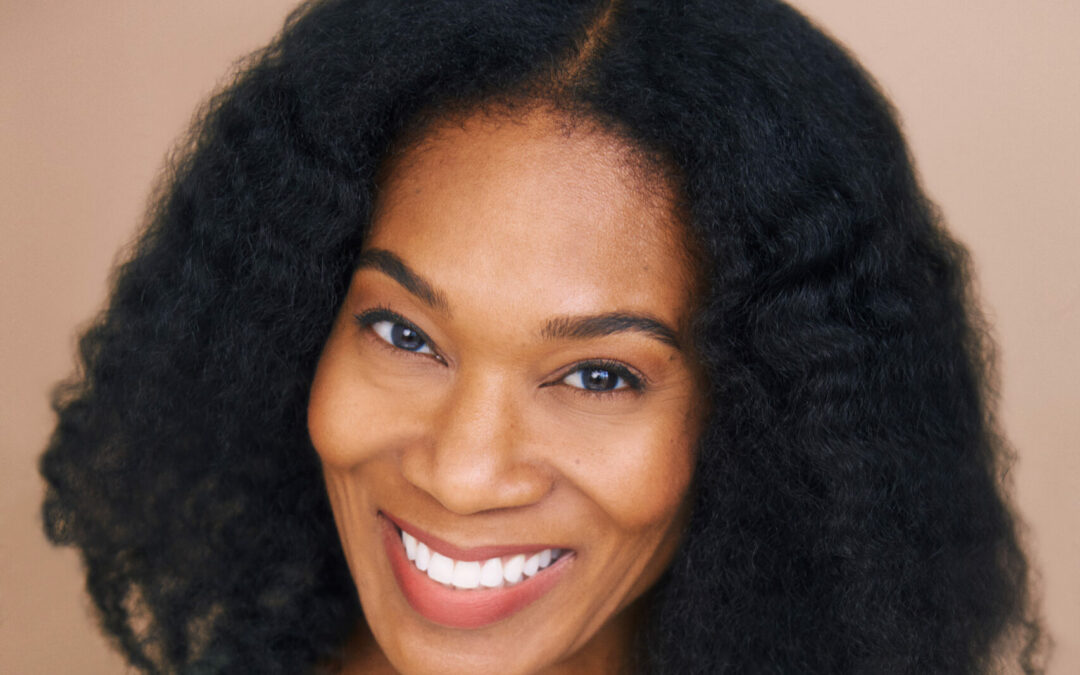
by Michele Kirichanskaya | Oct 4, 2024 | Blog
Chloe O. Davis is an author who works in the entertainment industry in New York. A graduate of Hampton University and Temple University, she has centered her creative platform on amplifying the narratives of Black culture and heightening the awareness of the LGBTQIA+...
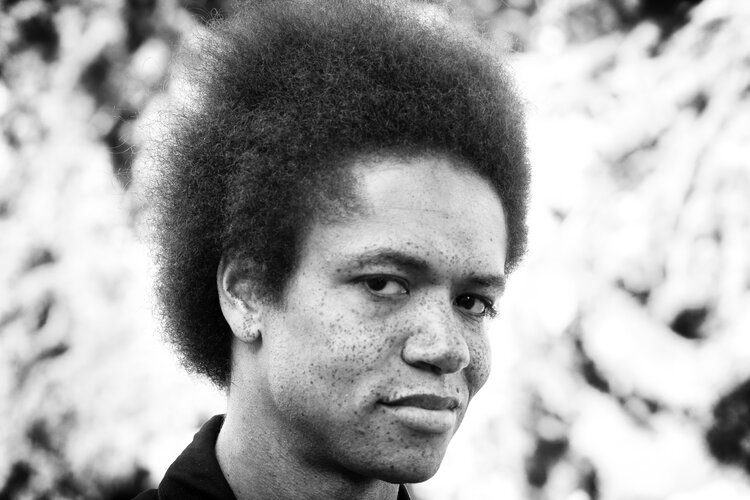
by Michele Kirichanskaya | Oct 2, 2024 | Blog
Elwin Cotman was born in Pittsburgh, Pennsylvania, where the post-industrial landscape greatly influenced his love for myth and adventure. He is the author of three prior collections of speculative short stories: The Jack Daniels Sessions EP, Hard Times Blues,...
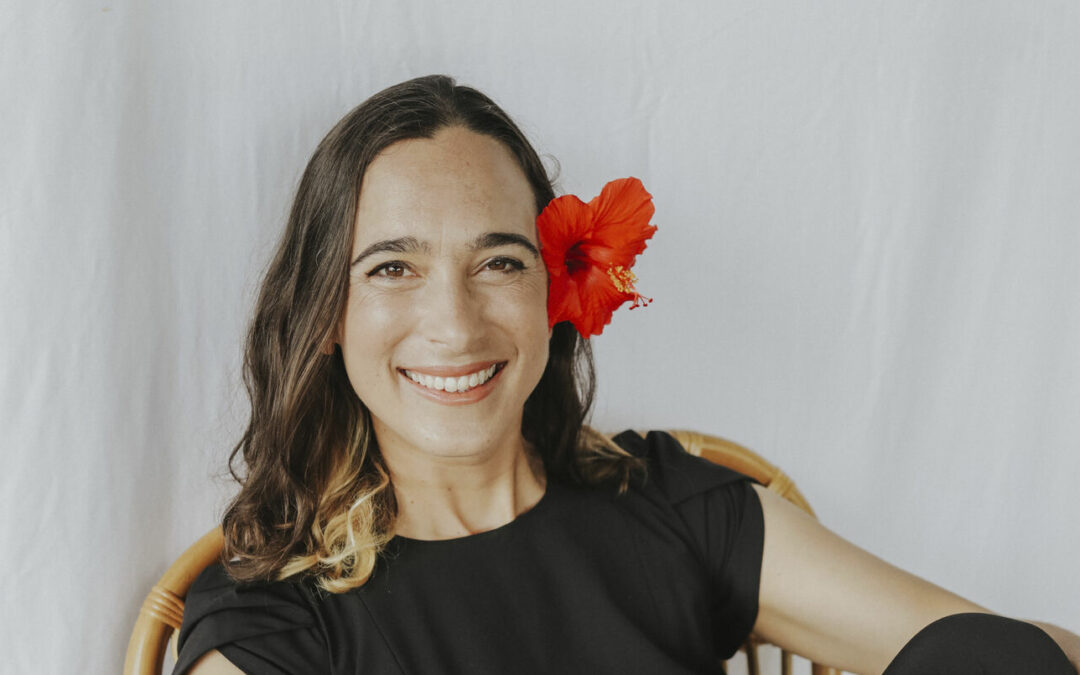
by Michele Kirichanskaya | Sep 27, 2024 | Blog
Malia Maunakea is a Kanaka Maoli (Native Hawaiian) writer who grew up on Hawaiʻi Island and Oʻahu before relocating to the continent for college. She’s the author of the middle-grade fiction series Lei and the Legends, including Lei and the Fire Goddess (Penguin...
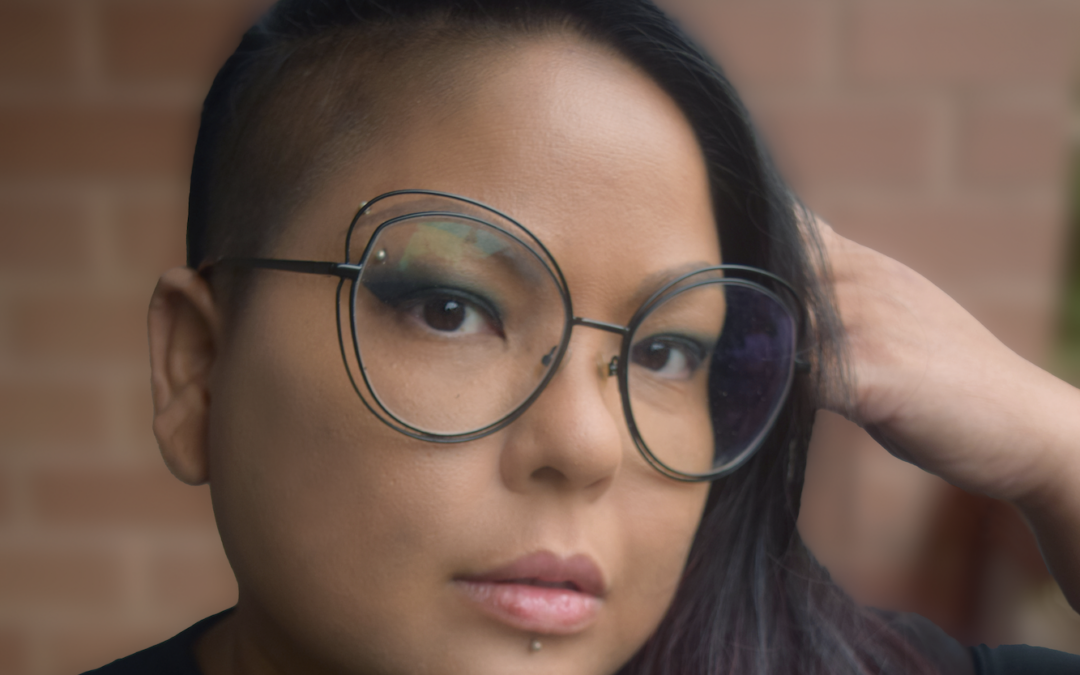
by Michele Kirichanskaya | Sep 25, 2024 | Blog
Tania De Rozario is a writer, artist and the author of four books. Her latest collection, Dinner on Monster Island, (Harper Perennial, 2024), has been described as “sharp and searing” (Ms. Magazine), “unique” (Publishers Weekly), “a book with resonance” (Kirkus...







